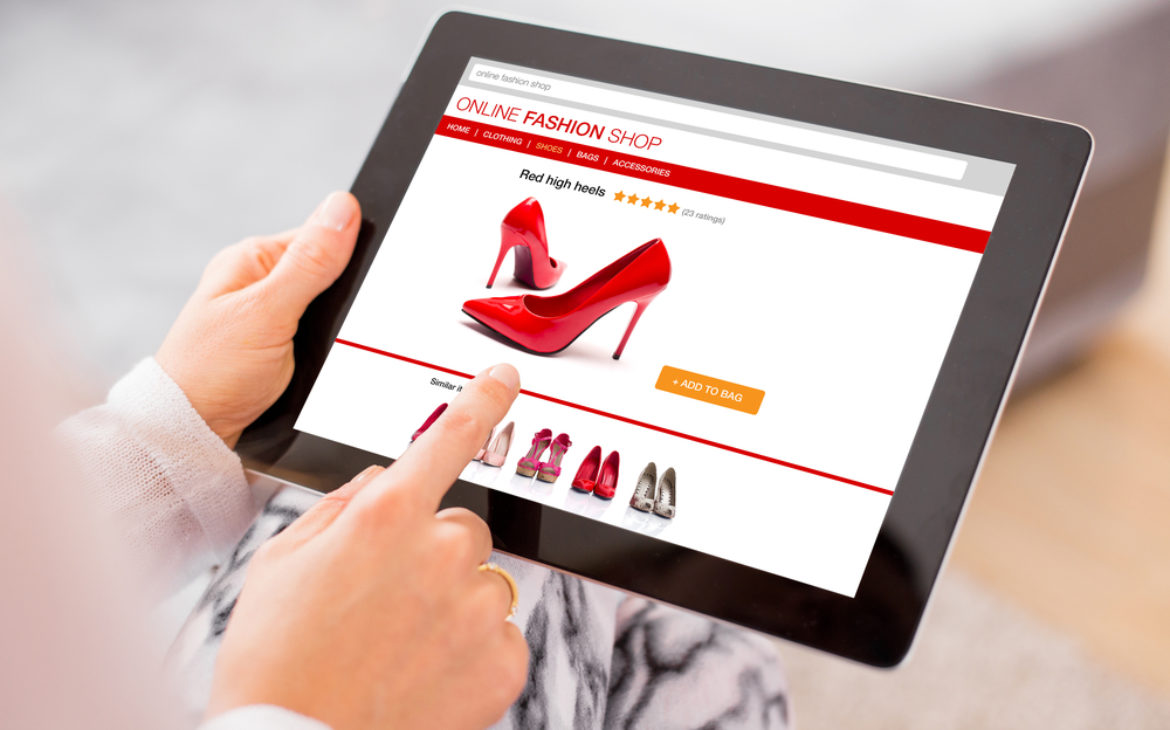The growth in online sales this past year also affected the 23.25% increase in total fashion market shares, and the e-commerce revenue amounted to HRK 2.67 billion. On the other hand, offline shopping, i.e. shopping in physical stores, decreased by 1.12 percent in the same period. The popularity of online shopping is expected to grow this year as well, so the total revenue from sales through digital channels in Croatia is expected to reach almost three billion kuna, and the Croatian fashion market will have a turnover of HRK 12.65 billion.
Given that one of the main imperatives of the global lockdown was digitalization, many physical retailers have adjusted their businesses in order to remain competitive, i.e. moved them online. In addition, the overall growth of e-commerce was further compounded by restrictions that applied to physical stores in the pandemic months, such as limiting the number of customers.
With a view to remaining competitive and meeting the increasingly demanding customer demands, e-retailers must follow e-commerce trends. Some of the trends that marked last year and will be present in 2022 are hyper-personalized communication and livestream shopping. Hyper-personalized communication means adapting the online store to the behavior and preferences of individual e-shoppers, while livestream shopping involves having influencers or celebrities promote a product by uploading live videos on social media and providing the opportunity to simultaneously purchase the sponsored product.
According to a survey conducted by GLAMI among its partners, last year was marked by an increase in advertising and delivery costs, growing competition, and a lower profit margin, which is the result of frequent discounts. An additional challenge for retailers was the customers’ reservations about sharing their data, which is why companies were often met with ineffective advertising, i.e. digital marketing.
This fiscal year, the report says, retailers will have to deal with not only increased competition and higher advertising costs, but also difficulties in transport and production, and rising expenses due to inflation. Inflation is one of the main challenges that the market has faced in the past year. The average value of online shopping orders increased by an average of 1.9 percent year-over-year. However, in the last quarter of the year, inflation increased prices by 4.6 percent. In December 2021 alone, consumer prices rose 5.5 percent from December 2020. Inflation is expected to remain high this year as well, since most e-commerce players are planning price increases.
